Climate Leaders Fellowship
Innovating for Climate Solutions
Join a global network of high school students committed to identifying and solving local climate challenges through innovative community projects.
Join a global network of high school students committed to identifying and solving local climate challenges through innovative community projects.

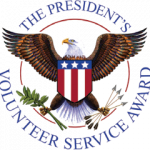
The Climate Leaders Fellowship is a 12-week, online leadership development program for high school students.
It is provided by Rustic Pathways in collaboration with the Stanford University Deliberative Democracy Lab and the Rustic Pathways Foundation, and is separate from Rustic Pathways’ traditional international travel programs.
Fellows join a global network to identify and address local climate impact opportunities through innovative community capstone projects.
| Detail | Information |
| Duration & Format | 12 weeks, Online |
| Focus | Climate Solutions, Community Capstone Projects |
| Partners | Stanford Deliberative Democracy Lab, Rustic Pathways Foundation |
| Key Dates | Dates: February 27 – April 27, 2026 |
| Application Deadline | February 8, 2026 |
| Cost | Pay What You Want |
| Incentive | Select Fellows may be invited to attend a Global Summit (2024 Summit was held in Guatemala; 2025 Summit was held in Colorado). |
[The program was] a transformative and invaluable experience for me
I really loved that I got to interact with students from different parts of the world and learn from them
[The program] was an eye-opening experience … to create positive change
“It was amazing. I was an introvert, but I got to communicate with people from other countries. It got me out of my comfort zone, and the other students had a bunch of good ideas.”
Sanjay Kumar | Johor, Malaysia
“You don’t have to know much about climate change and activism to join. If you are just starting, it’s a great introduction, but if you are already involved, it’s also a great way to motivate you. It’s inspirational hearing other people’s ideas and see them doing their best… I would definitely recommend it to everyone who wants to help.”
Ella Perin | Durham, North Carolina
It was amazing. I was an introvert, but I got to communicate with people from other countries. It got me out of my comfort zone.
The program allowed me to find a community of students who care about the same issues that I do.
I enjoyed that it gives us full authority on what we do. It makes us actively think about what we can do and what we should do for our community, and it makes me feel proud that I have done it.
This fellowship has been very exciting for me and has brought me out of a mental slump. It was awesome being a part of something larger than myself and making a difference in my community.
Thank you so much for giving kids like me the opportunity to show they are more and can do more.
There will be a live weekly Zoom event each week, with half of the events required, and half optional. Outside of Zoom events, Fellows will be expected to plan and implement their projects. All told, we expect the Fellowship to take on average 2-3 hours per week.
Dates: February 27 – April 27, 2026
Deadline to apply: February 8, 2026
Cost: Pay What You Want
Join for no cost, and at the end of the program, you decide how valuable this program was for you.
The Rustic Pathways Climate Leaders Fellowship is an exciting opportunity for students to take the drivers seat within education for advocating awareness of climate change. The students ran a very successful campaign and really developed a wide range of skills throughout this which adds so much value to their skills set which can be used in or outside the classroom.
Quote by: Helen Maisey Geography Teacher, Tenby International School (Malaysia)
Rustic Pathways is certified to grant the President’s Volunteer Service Award (PVSA). The U.S. President’s Council on Service and Civic Participation created the award in 2003. The PVSA honors volunteers and their important role to the nation.
Volunteers can earn a bronze, silver or gold President’s Volunteer Service Award award and a certificate and letter from the President of the United States. The level of the honor varies based on a student’s age and the number of service hours earned during a 12-month period.
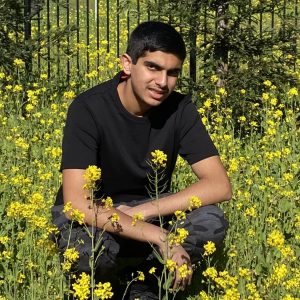
Recognized for organizing and leading multiple food drives.

Recognized for recovering and recycling 500 tennis balls and organizing multiple clean-up events to promote environmental stewardship at his school.

Recognized for diverting 1961 pounds of textiles from landfills and educating her community on waste management and sustainability practices.

Recognized for educating her community on the importance of composting and providing practical tips for reducing organic waste.

Recognized for organizing a clothing drive to support underprivileged families and promoting the recycling of used clothes in her community.

Recognized for developing an Artificial Intelligence model that helps classify recyclable materials and educating the community on proper recycling practices.

Recognized for collecting and donating e-waste to the Electric Access Foundation, reducing environmental pollution and raising awareness about the importance of e-waste recycling.

Recognized for founding a research club to inspire student-led environmental projects and organizing a bi-annual symposium.
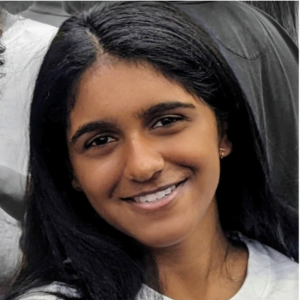
Recognized for launching a fundraiser to buy several hundred pairs of sustainably produced socks for the local unhoused community.

Recognized for leading a cleanup project that removed trash from the water around Hunters Point South Park, filling 17 bags of trash.

Recognized for collecting and distributing 2,900 seed packets to promote urban gardening.

Recognized for leading daily cleanups and engaging youth in sustainability activities.

Recognized for collecting 215 pairs of sneakers for recycling and upcycling.

Recognized for repurposing e-waste, donating 30 laptops, and promoting sustainability.

Recognized for collecting books and supplies for children in Ghana while reducing waste.

Recognized for creating an interactive climate education program for young students.

Recognized for co-directing two cohorts and supporting four student facilitators to help ~50 fellows design and implement their projects.

Recognized for upcycling 212 pounds of glass bottles into eco-friendly candles, reducing glass waste in her community.

Recognized for reshaping 13.75 acres of land to provide homes for hundreds of animals, improving the local ecosystem.

Recognized for donating 200-300 bags of clothes, toys, and other items to shelters and presenting on pollution control to youth at local schools.

Recognized for collecting and donating 63 articles of clothing and 31 pairs of shoes to local shelters, promoting reusing items instead of sending them to landfills.

Recognized for teaching children how to integrate sustainability into their daily lives through creative art projects using recycled materials.

Recognized for organizing an educational Earth Week at her school, raising awareness on climate change and inspiring fellow students to take action.
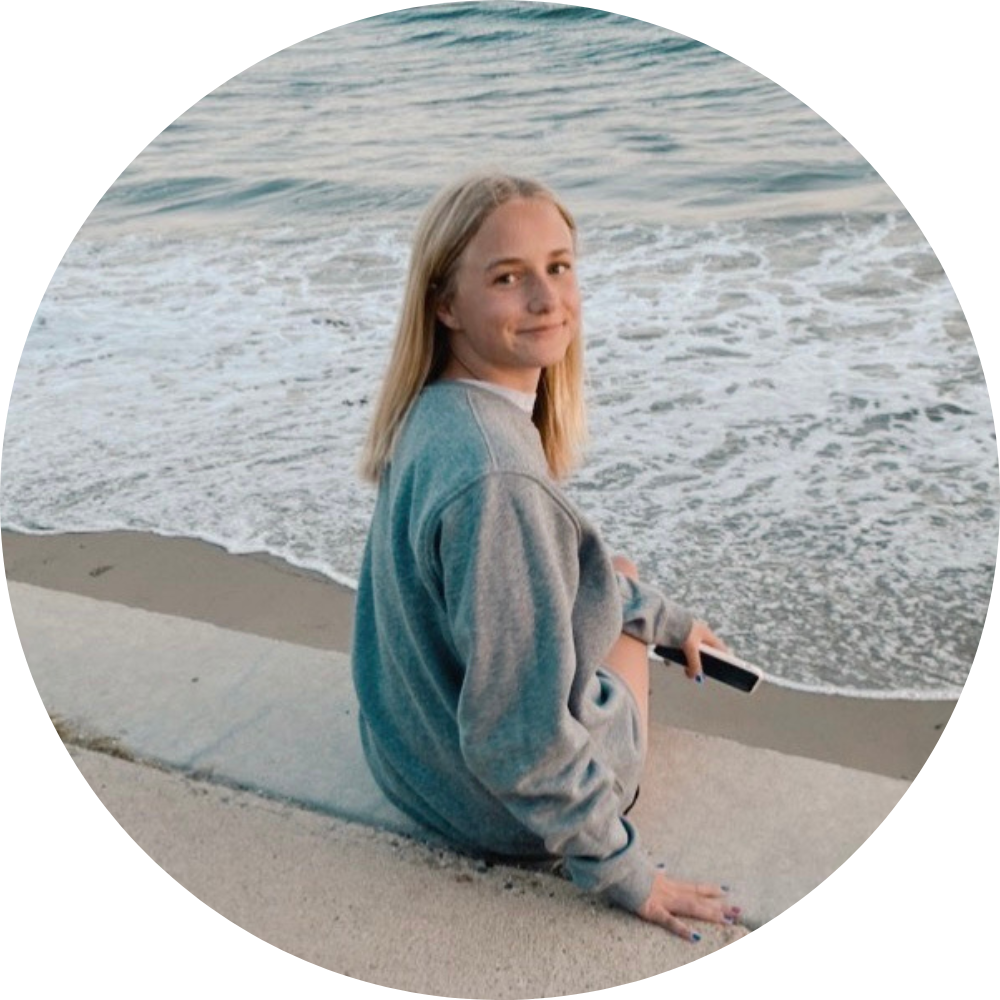
Recognized for a solution to provide a sustainable energy source through hydropower while also supplying clean drinking water.

Recognized for raising $1,735.80, providing over 5,000 meals for families in need during the holiday season, helping reduce food insecurity in his community.

Recognized for reducing food waste and repurposing paper through her initiative, which is expected to donate over 400 servings of food and has created 837 seed packets.

Recognized for fundraising to support waste management and recycling initiatives.

Recognized for implementing a high school recycling program, offsetting the community’s emissions by over 1,400 pounds.

Recognized for creating a composting system at a local middle school and launching a coat drive, saving coats from landfills for underserved people.

Thaniha Mohan, Krish Matai, Sophie Berman, Benny Jiang.
The Climate Leadership Award recognizes the most impactful projects completed by Fellows from each cohort of the Climate Leaders Fellowship.
These awards celebrate outstanding achievements in tackling climate change and inspiring communities to take action. For the Spring 2025 Cohort 8, the award goes to Avery Frankel (Kick It Forward Foundation) and Vihaan Nyaak (FreshGuard Biodegradable Bag + Sensor) — projects that showcase innovation, dedication, and a strong commitment to creating a positive environmental impact.
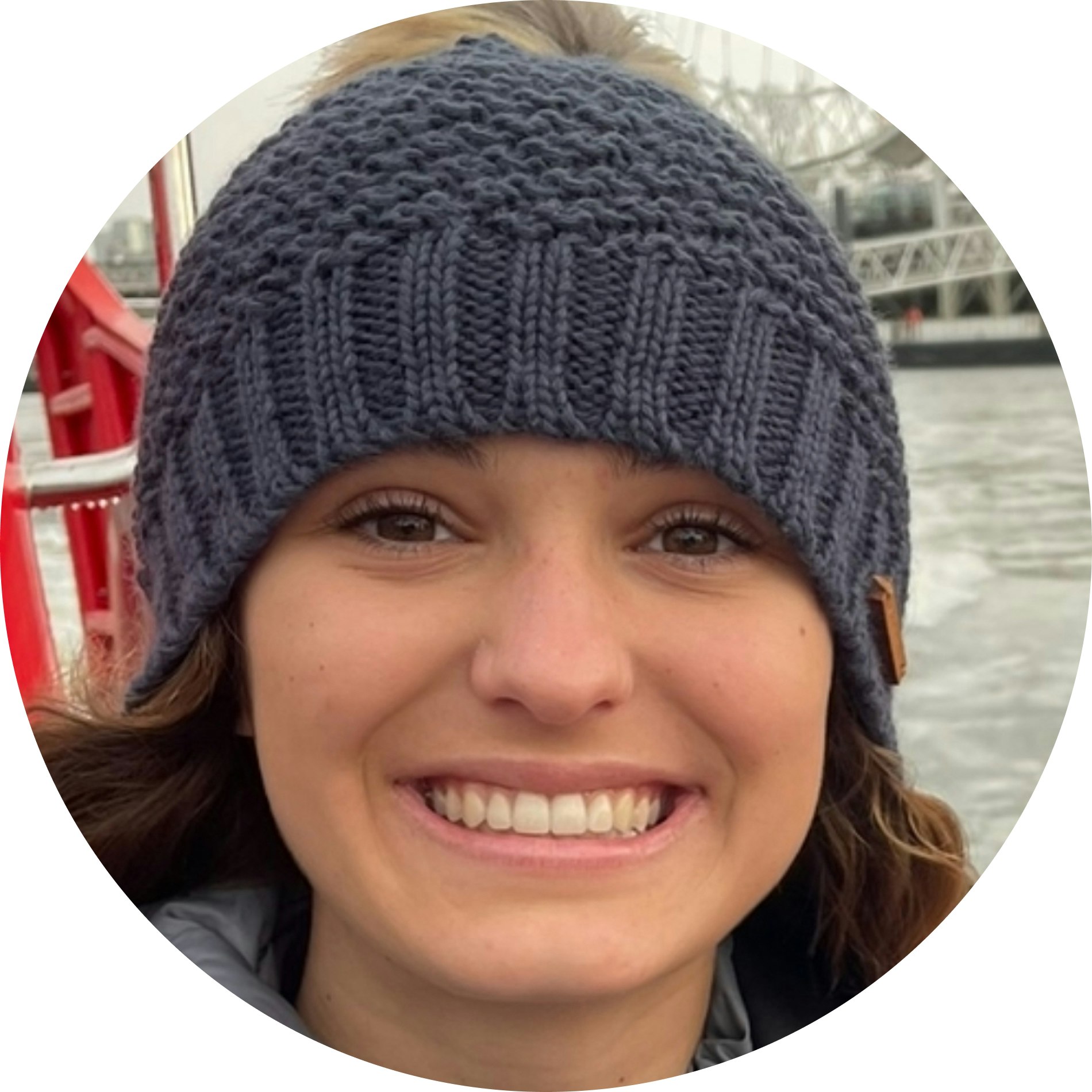
Avery Frankel
California, USA & Peru (El Chino, Esperanza)
Avery mobilized donors in California to upcycle high-quality jerseys, clothing, and sports gear for remote Peruvian villages where resources are limited. She also launched El Chino’s first school computer lab, giving students from 14 villages access to technology and textbooks. The project reduces textile waste and creates durable opportunities for education and climate engagement.

Vihaan Nyaak
Texas, USA
Vihaan created FreshGuard, a biodegradable produce bag made with beeswax, thyme oil, and upcycled coffee grounds that extends shelf life for 2+ weeks. He paired it with an Arduino sensor and app to track conditions, predict freshness, and connect users to farmers and composting sites. FreshGuard has distributed 2,000+ bags, prevented 336 lbs of waste, and aims to cut household waste by 20% as it scales across Texas.
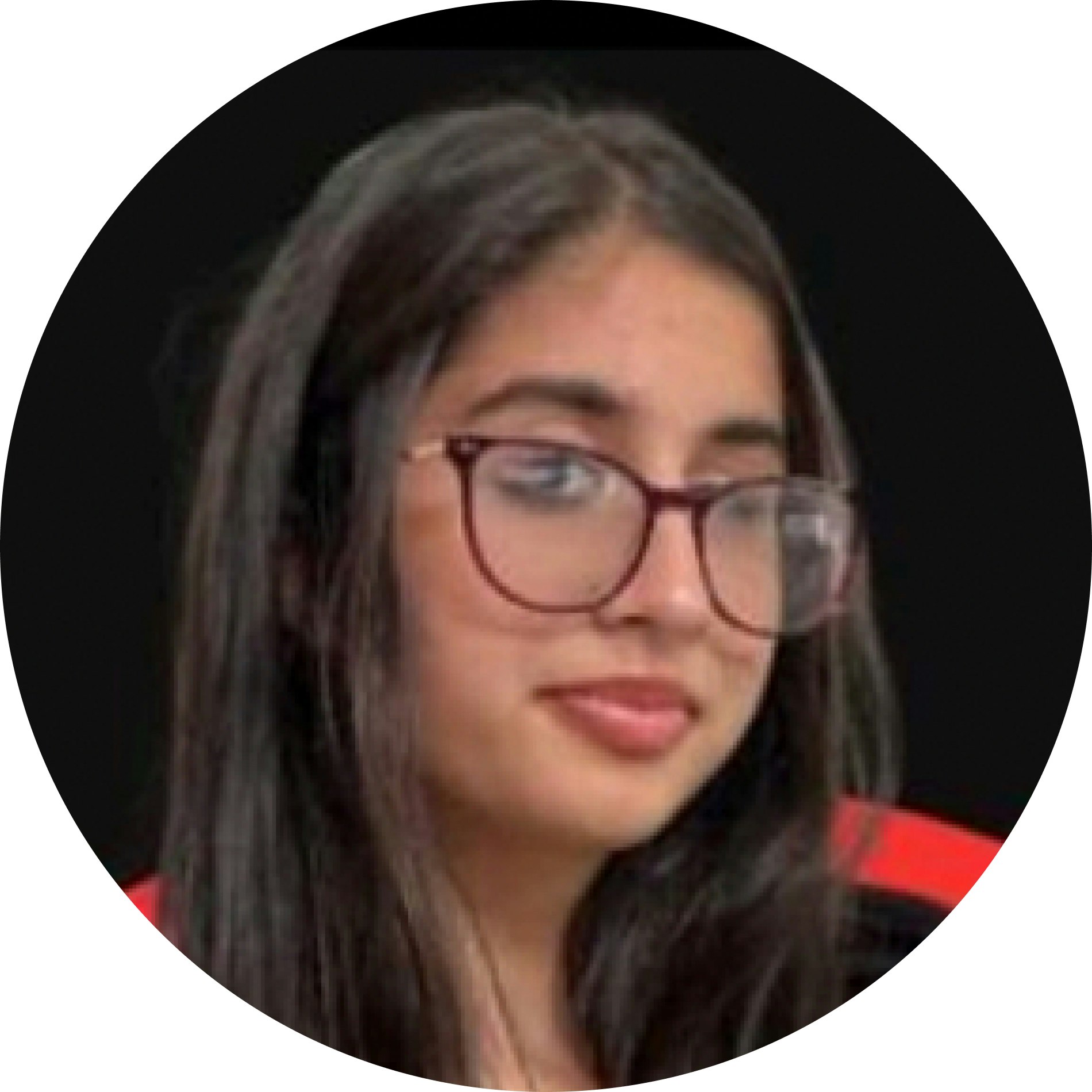
Adiya Malhotra
Finalist

Claire Tsai
Finalist
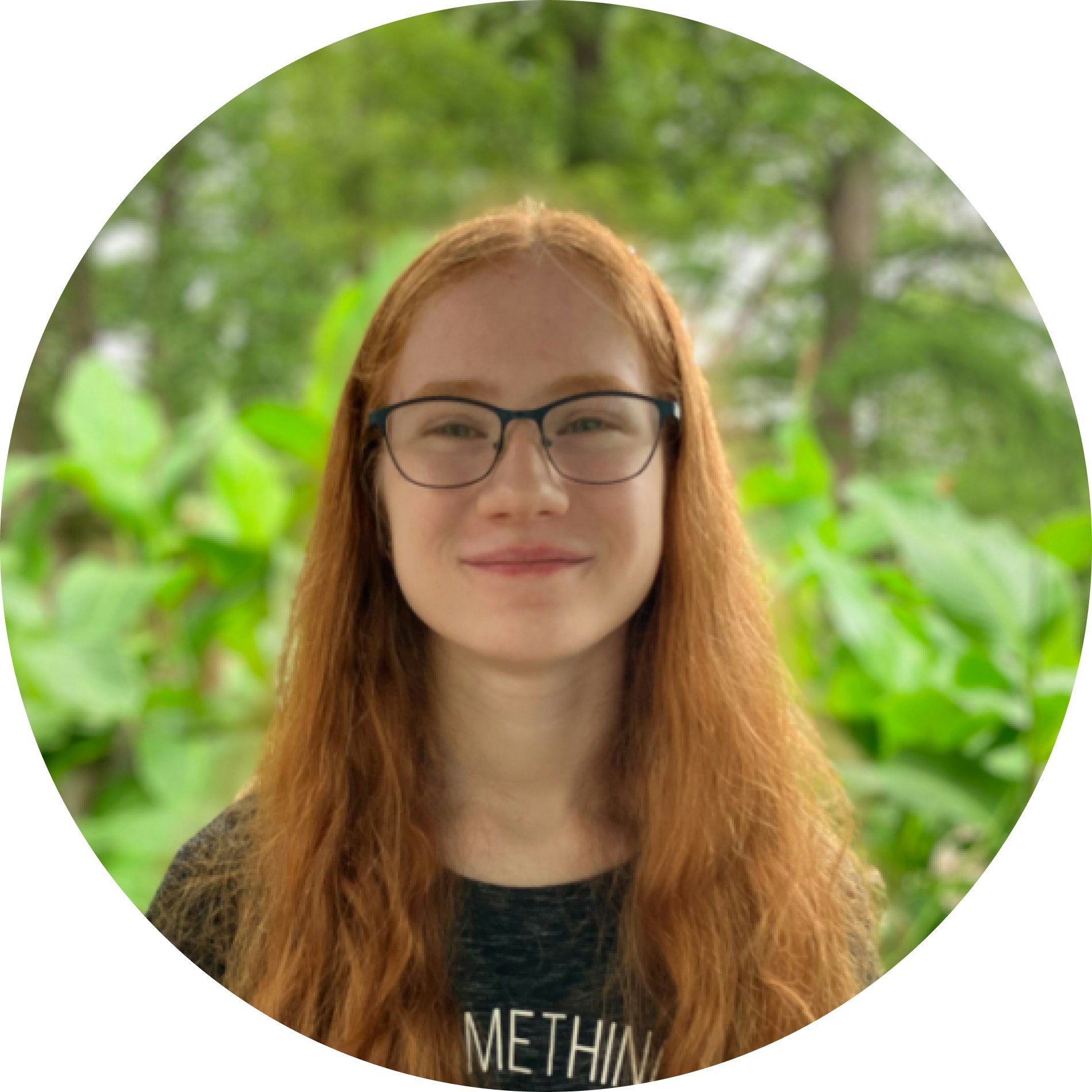
Elizabeth Chaison
Finalist
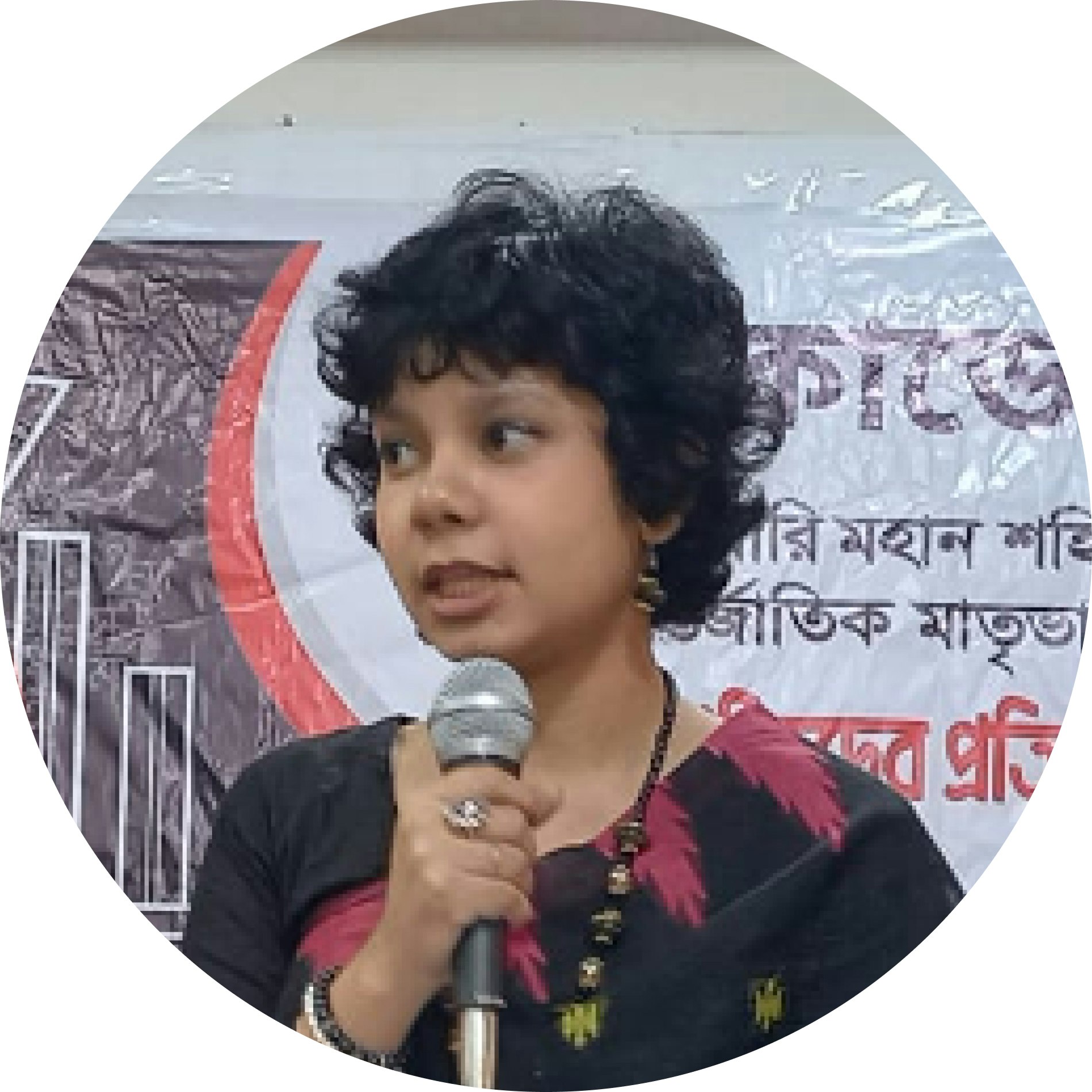


Farah Alam, Rashmin Sadaf, and Yathrib Tajbeed
Finalist
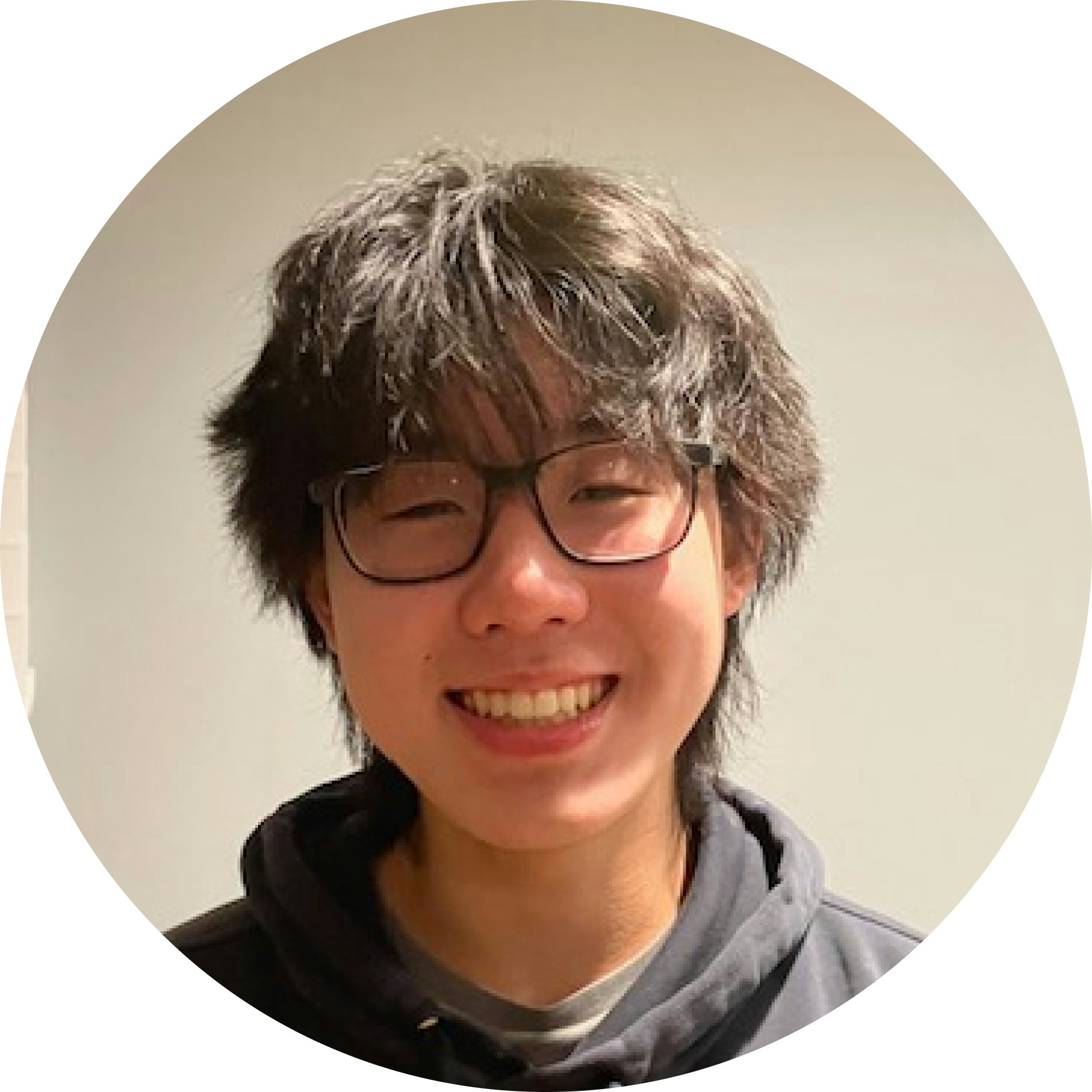
Jacob Kim
Finalist

Riya Rawal
Finalist

Sydney Chung
Finalist
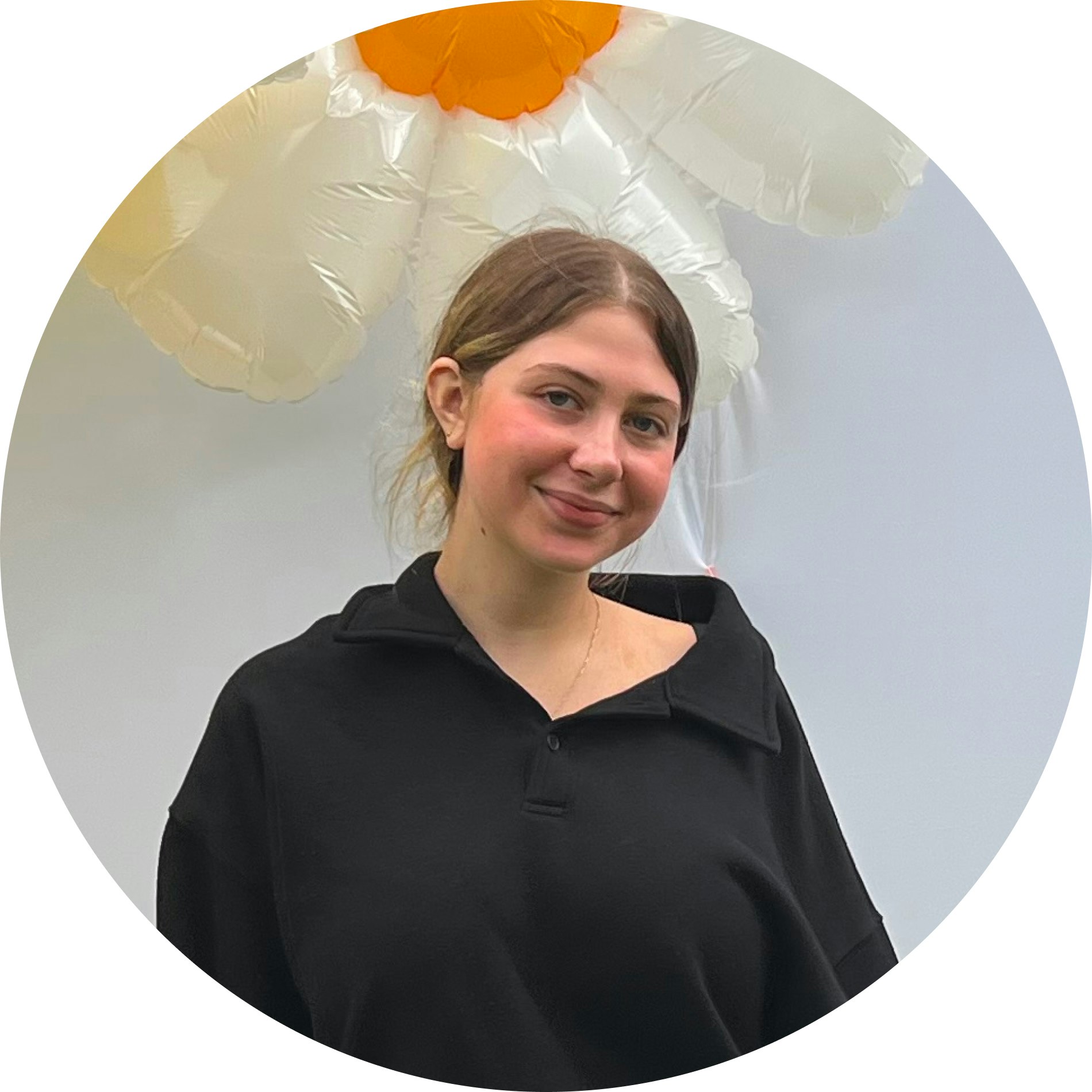
Tess Guralnick
Finalist
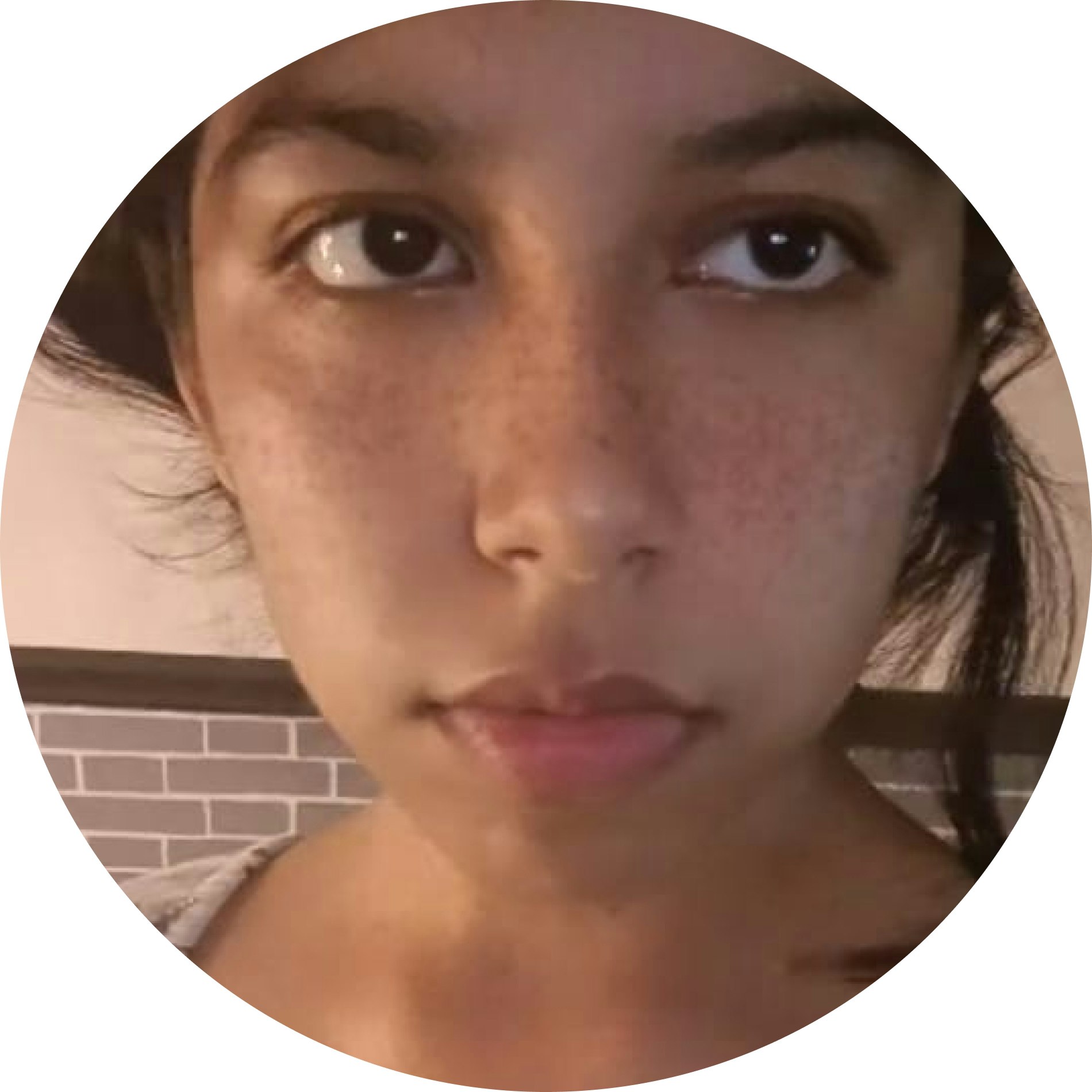
Veronica Sharma
Finalist
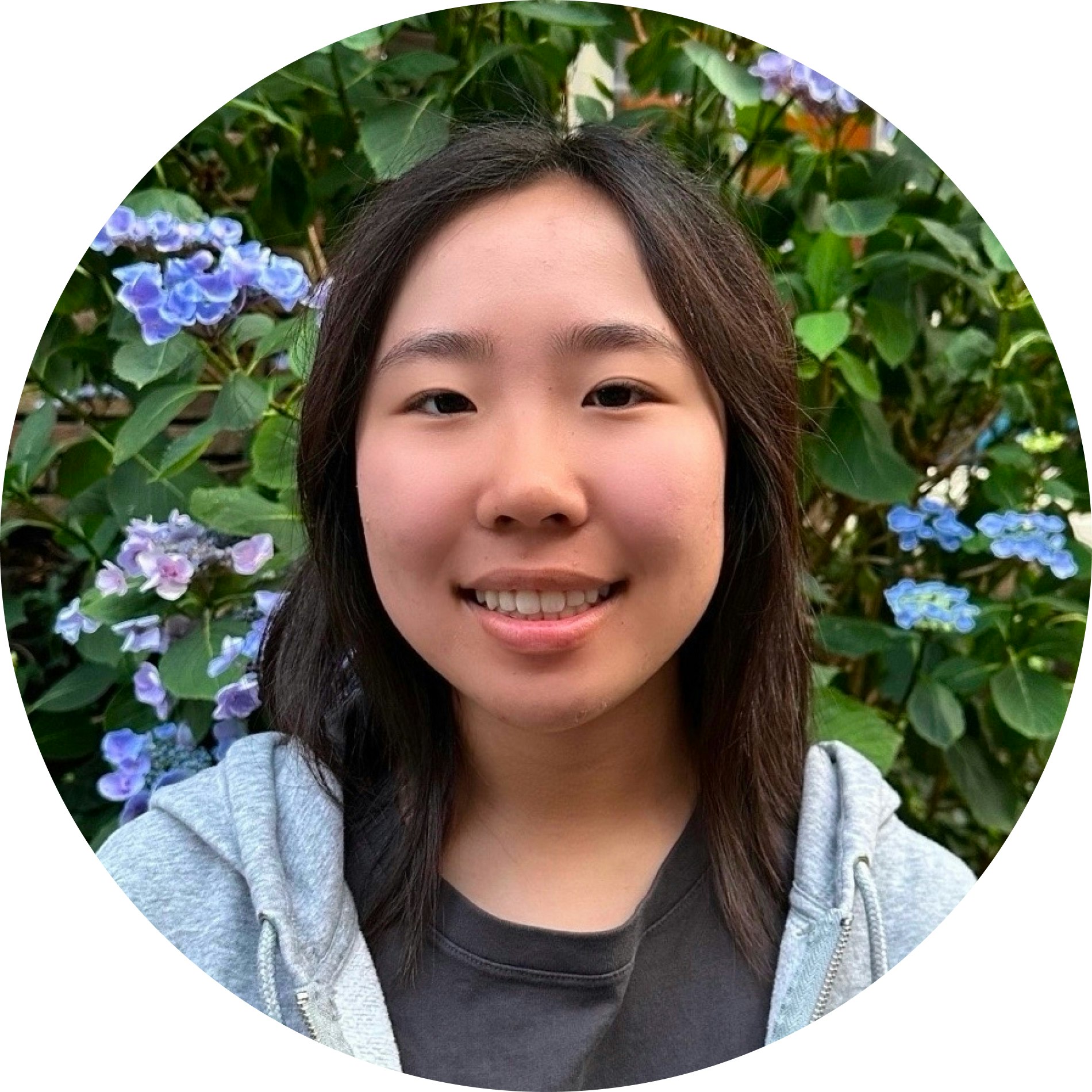
Annabelle Jin
Semi-Finalist
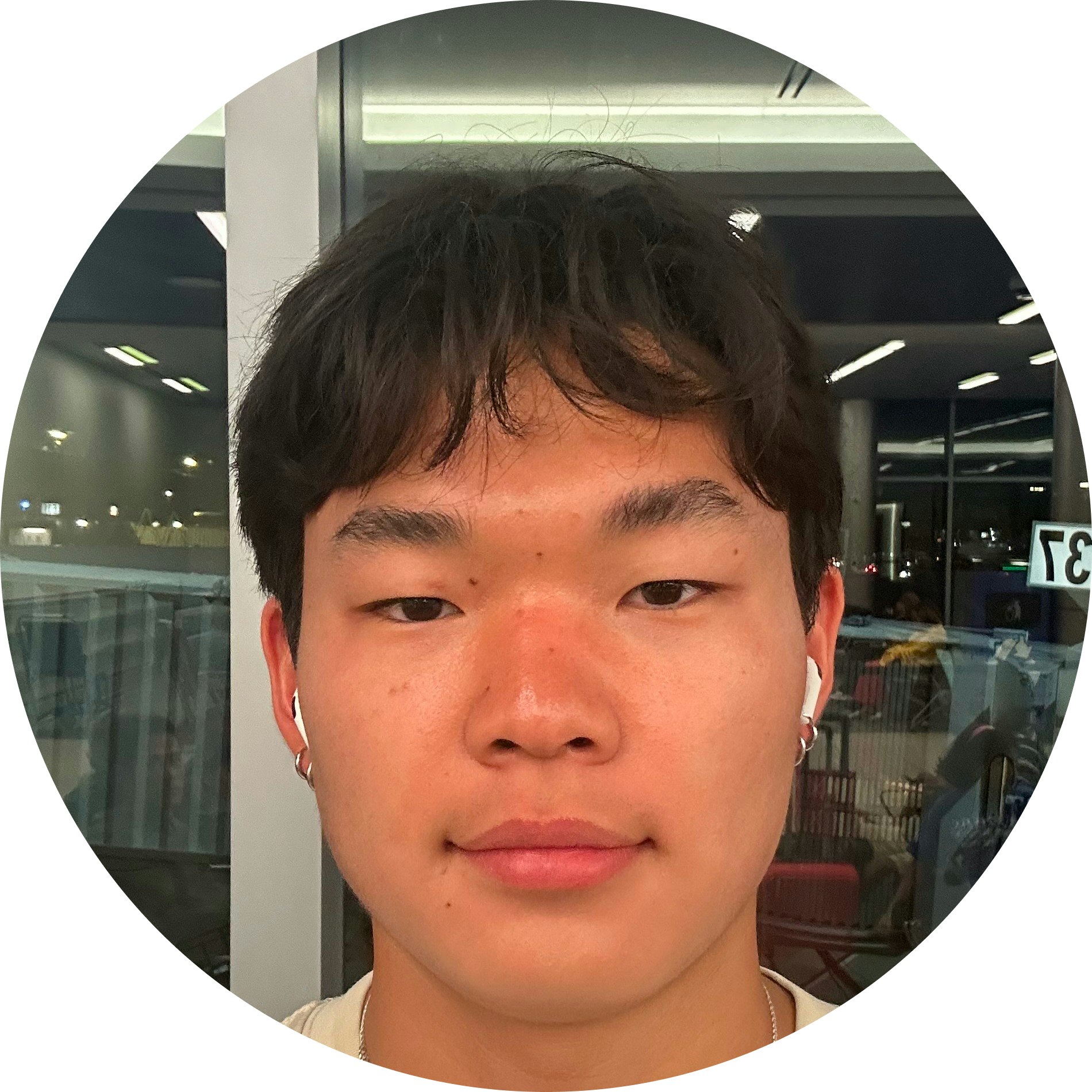
Elliot Ha
Semi-Finalist

Gabriela Morales
Semi-Finalist
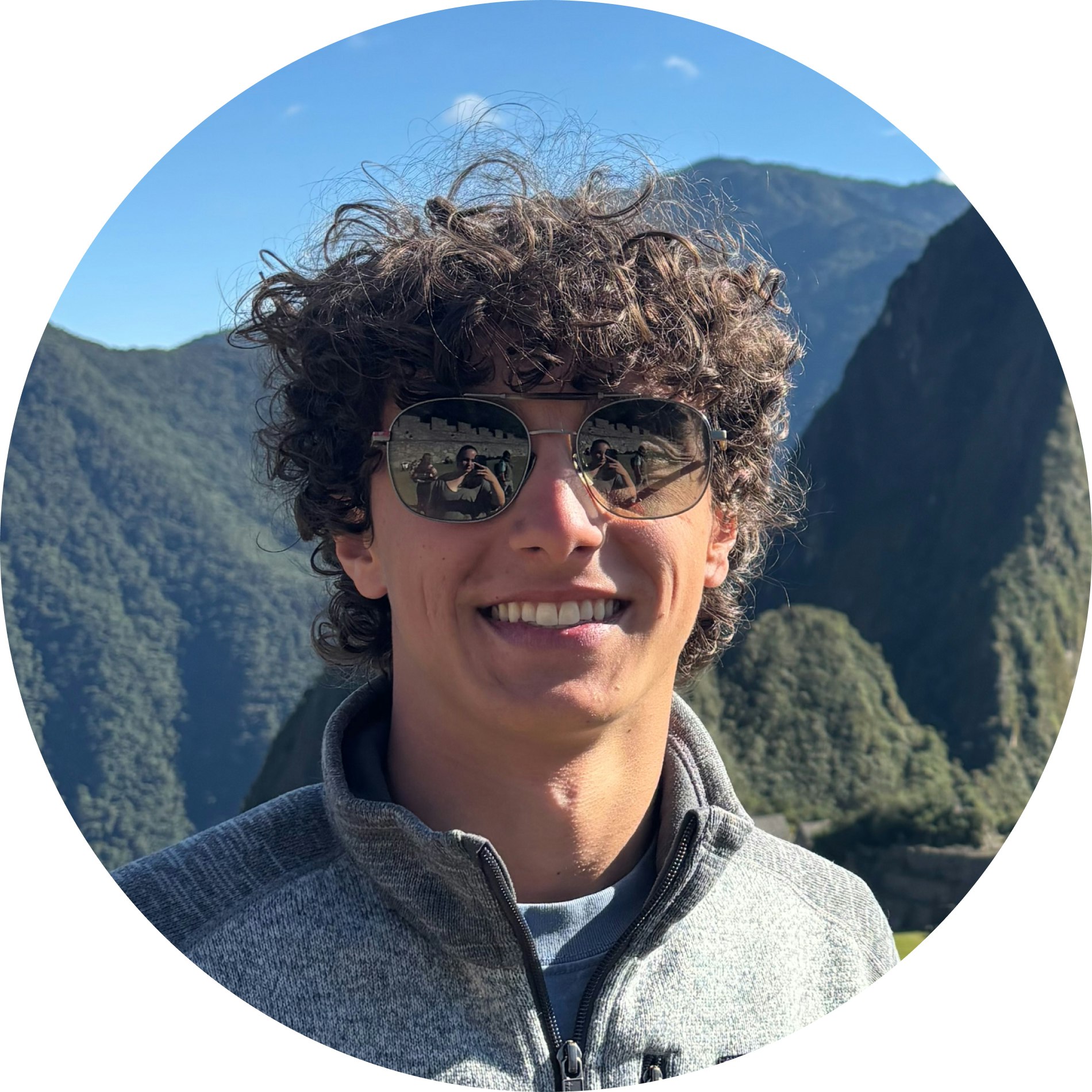
Hugo Castellini
Semi-Finalist


Reva Shroff & Nupura Joshi
Semi-Finalist
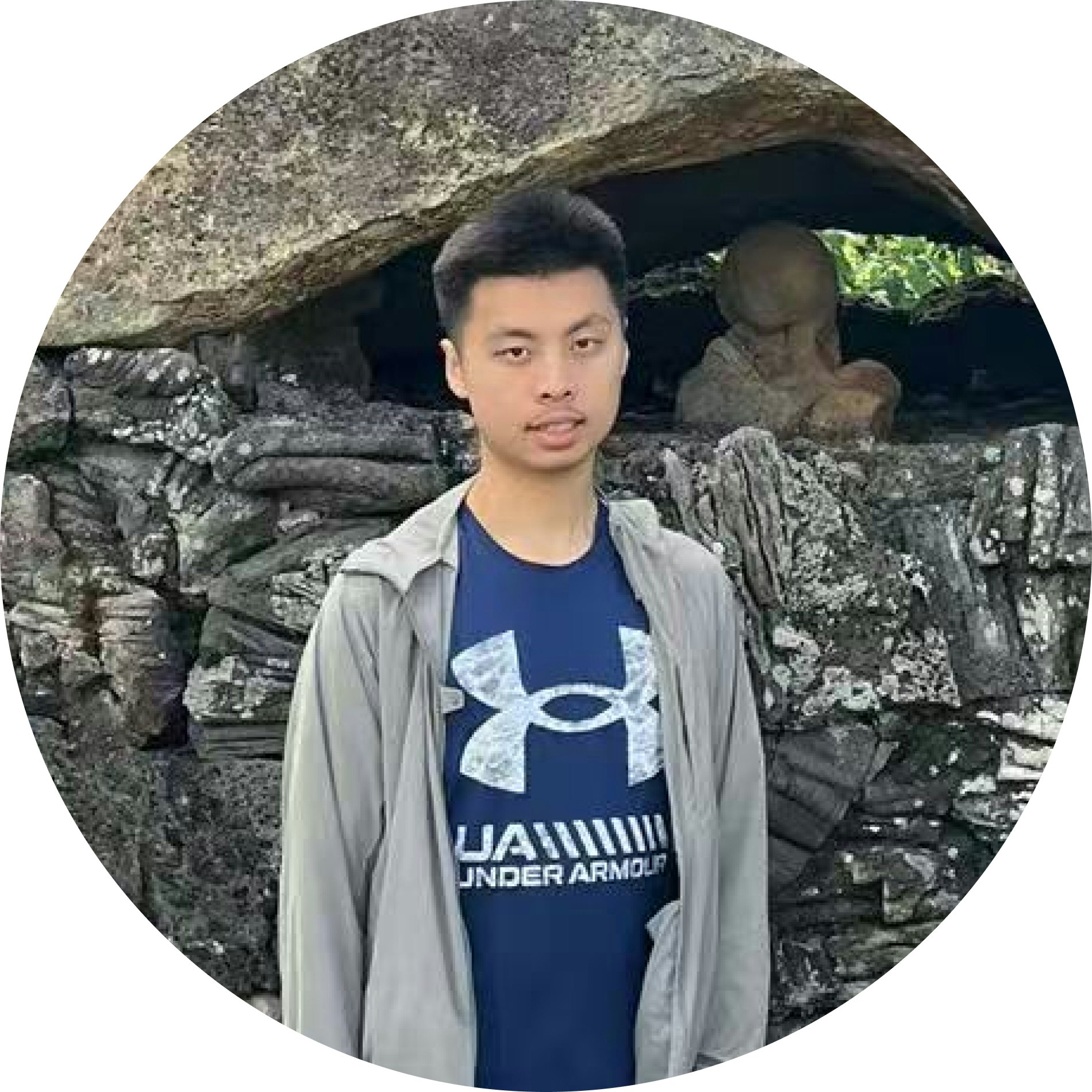
William Zhu
Semi-Finalist
Rustic Pathways offers sustainable travel programs focused on climate change mitigation in Costa Rica, Fiji, and the Dominican Republic. Students engage in reforestation, renewable energy education, and sustainable farming. The Climate Leaders Fellowship is also available for students to launch local climate initiatives. Programs last 1–3 weeks and align with UN climate goals.
Want to learn more about how the Climate Leaders Fellowship works, upcoming cohorts, or how your students or school can get involved? Request more information, and our team will reach out to answer your questions.